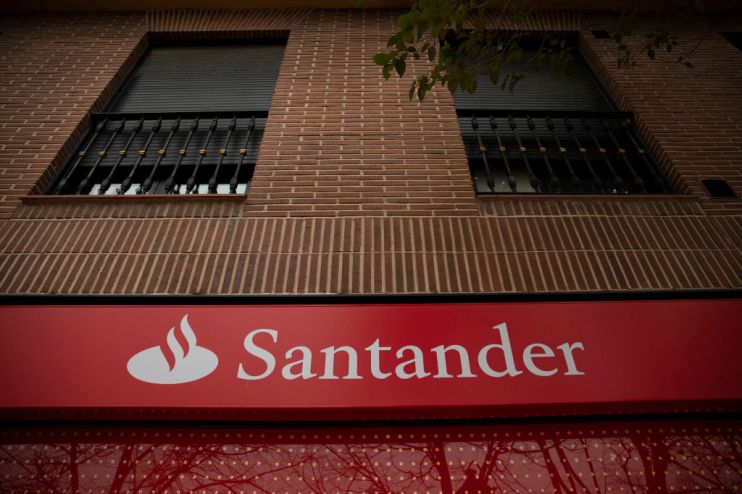Santander UK rides out interest rate peak but expects further mortgage weakness

High street lender Santander UK has reported a jump in annual profits as it rode out the end of an interest rate spike, while weakness continued in the mortgage market.
The UK arm of Spain’s largest bank saw a pretax profit of £2.2bn in 2023, up 13 per cent from the previous year.
UK banks reaped the benefits of the Bank of England’s 14 straight interest rate hikes until last September but, as customers have adapted to the higher rate environment, are under pressure to offer better deals.
Santander UK’s net interest income (NII) – reflecting the difference between what the firm pays out and receives in interest – ticked down year-on-year in the fourth quarter amid an increase in the cost of funding and a likely peak in the base rate.
Total income came in at £1.1bn in the fourth quarter, down £0.1bn year-on-year, which the firm said was “due to growth in savings deposits offering top of the market rates”.
Attributable profit – which is owed to shareholders and either awarded in dividends or kept as reserves – jumped 13 per cent for the full year to £1.3bn.
The firm’s loans to consumers in 2023 slipped six per cent to £184bn from £196bn in 2022, driven by a £12bn reduction in mortgage lending. Total deposits remained steady at £195bn.
It forecasted that mortgage activity would “remain subdued” and “weak in the near term” as high interest rates squeeze customers’ finances.
Santander UK expected corporate borrowing growth to stay negative, marking “weak investment intentions and higher financing costs”.
The wider group reported a 28 per cent rise in net profit to €2.9bn in the fourth quarter – a record figure that beat analysts’ estimates by around €200m. The strong performance was driven by NII in the UK, Spain and Portugal.
Santander’s US arm saw net profit tumble 77 per cent to €67m as it boosted loan loss provisions.
“We have delivered again on all our financial targets. Our customer focus and scale are driving consistent, sustainable, profitable growth,” the group’s executive chair Ana Botín said in a conference call.
“We’re investing for the future, and we’re also making excellent progress towards a more simple and more integrated model.”
Analysts expect the UK’s big banks to see their NII shrink markedly in 2024 when the central bank starts lowering interest rates.